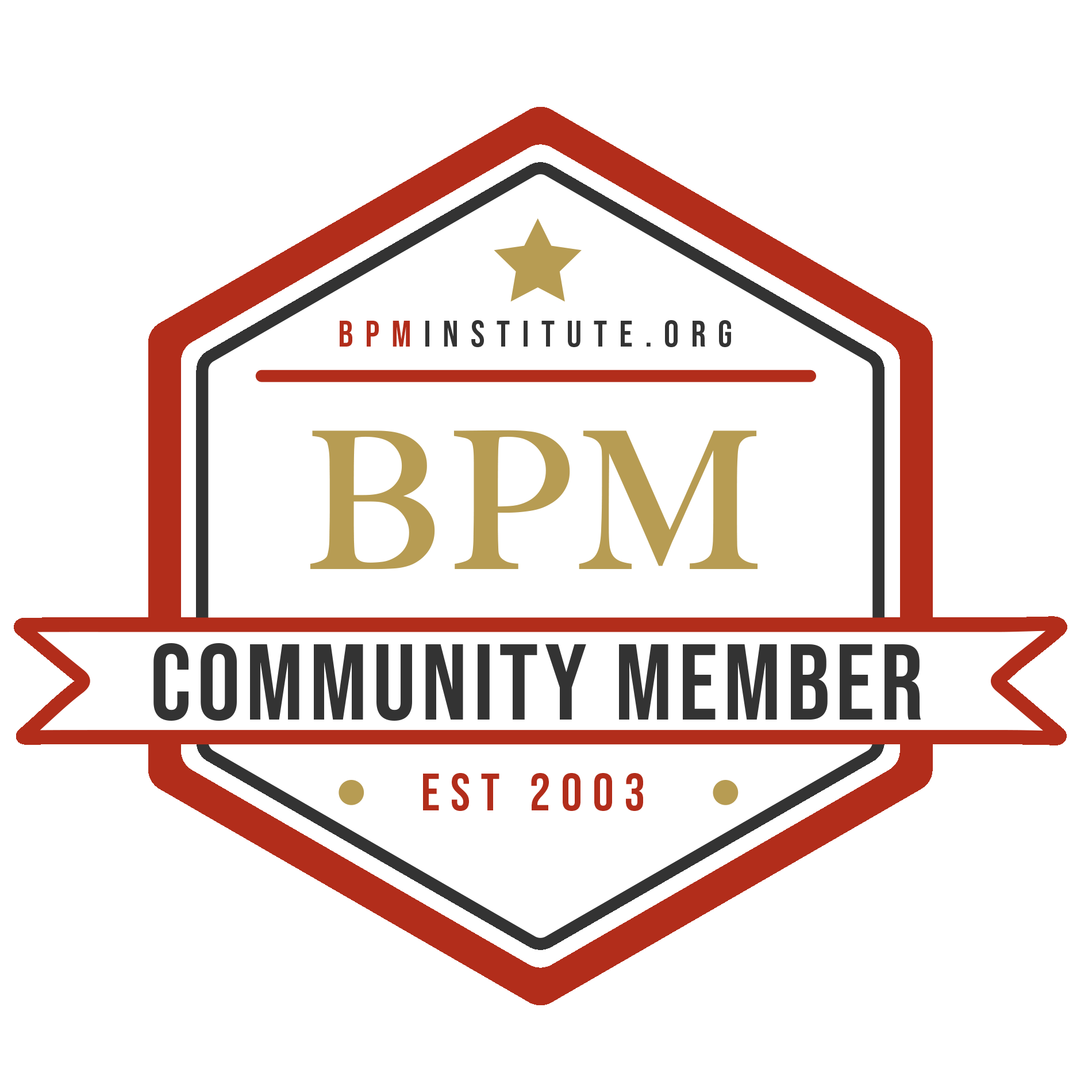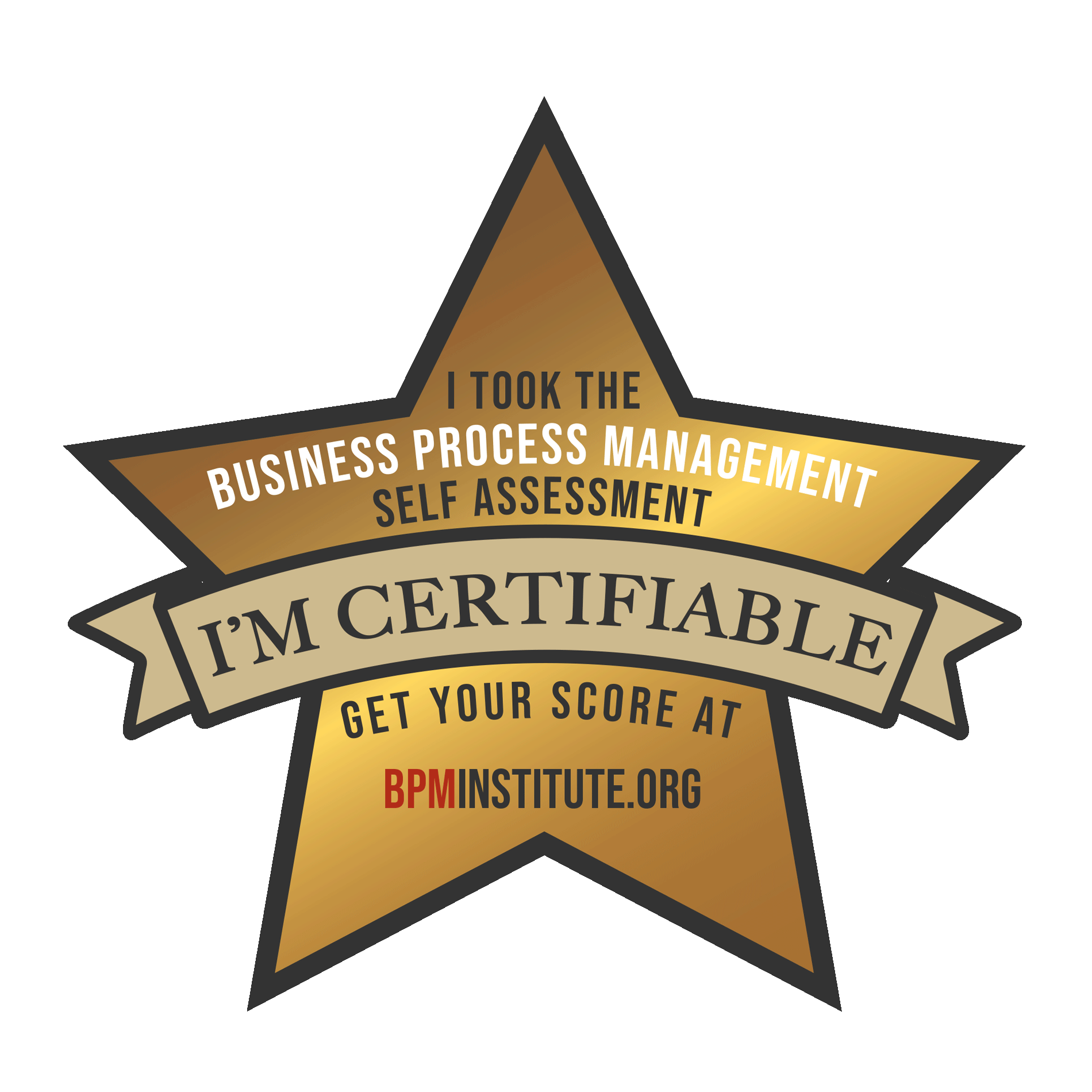Do you know how each process is performing right now in your organization? And if you’ve improved a particular process do you know if you achieved the level of improvement you wanted? It’s necessary to quantify data to be able to answer these two questions and provide objective ways to measure process and level of change.
So if you’re working on a single business process improvement project or many processes across the enterprise, you need a measurement system. But how do you build one that is comprehensive, efficient and effective?
Where do you start? You have to start from where you are, so the Process Maturity Framework can help identify where on the continuum your organization is. The first graphic below shows the five levels of the CMMI Process Maturity Framework, with descriptors at each level.




























